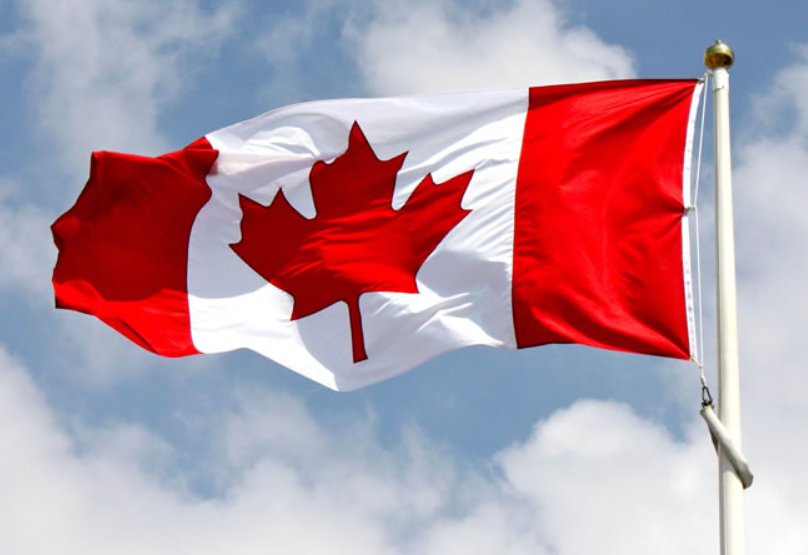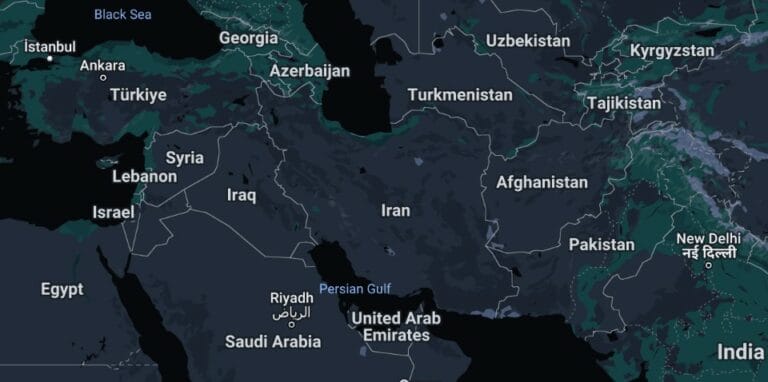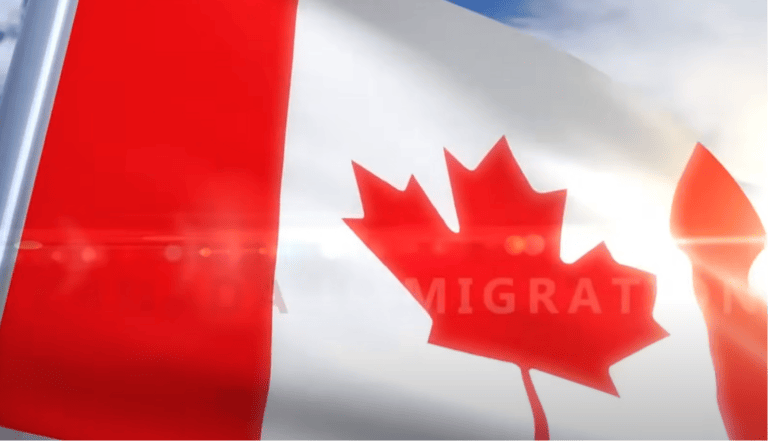
History of Canada: Canada, the second-largest country by land area, has a rich history that spans thousands of years. Its story is shaped by its native indigenous peoples, European colonization, and its development into a multicultural, globally recognized nation. Here’s a succinct overview:
1. Indigenous Peoples of Canada:
Before European settlers arrived, diverse indigenous cultures had been thriving in Canada for over 10,000 years. These groups, including the First Nations, Métis, and Inuit, have distinct histories, languages, cultural practices, and spiritual beliefs.
2. European Exploration:
- 1000 AD: Norse Vikings, led by Leif Erikson, are believed to have arrived in Newfoundland.
- End of 15th Century: John Cabot, an Italian explorer sailing under the English flag, explored the eastern coast.
- 1534: Jacques Cartier claims the region for France, calling it “Canada.”
3. Colonization and Fur Trade:
Throughout the 16th and 17th centuries, European powers, particularly the French and the British, established colonies. The fur trade became a lucrative business, leading to increased exploration and settlements.
4. British Control:
- 1756-1763: The Seven Years’ War saw British forces seize Quebec from the French.
- 1763: The Treaty of Paris recognized British supremacy over the majority of French territories in North America.
- 1791: The Constitutional Act divided Canada into primarily English Upper Canada and French Lower Canada.
5. Rebellions and Union:
In the 1830s, both Upper and Lower Canada saw rebellions against British rule. This led to the 1840 Act of Union, merging the two into the Province of Canada.
6. Confederation:
- 1867: The British North America Act (now the Constitution Act) was passed, leading to the formation of the Dominion of Canada. Initially, this included Ontario, Quebec, New Brunswick, and Nova Scotia.
- 1870-1949: Other provinces and territories joined the federation, with Newfoundland being the last in 1949.
7. 20th Century:
- World Wars: Canada played significant roles in both WWI and WWII, solidifying its position on the global stage.
- 1965: The red and white Maple Leaf flag was adopted as the national flag of Canada.
- 1982: The Constitution Act was passed, patriating the Canadian Constitution and establishing the Charter of Rights and Freedoms.
8. Modern Canada:
Canada has evolved into a multicultural and bilingual nation, known for its commitment to social justice, human rights, and international peacekeeping efforts. The nation continues to grapple with and address issues like the rights and treatment of its indigenous peoples.
9. Acknowledging Indigenous Peoples:
In the late 20th and early 21st centuries, there has been a renewed focus on recognizing the rights, contributions, and histories of indigenous peoples. Reconciliation efforts, land rights negotiations, and cultural preservation have become focal points in the nation’s discourse.






